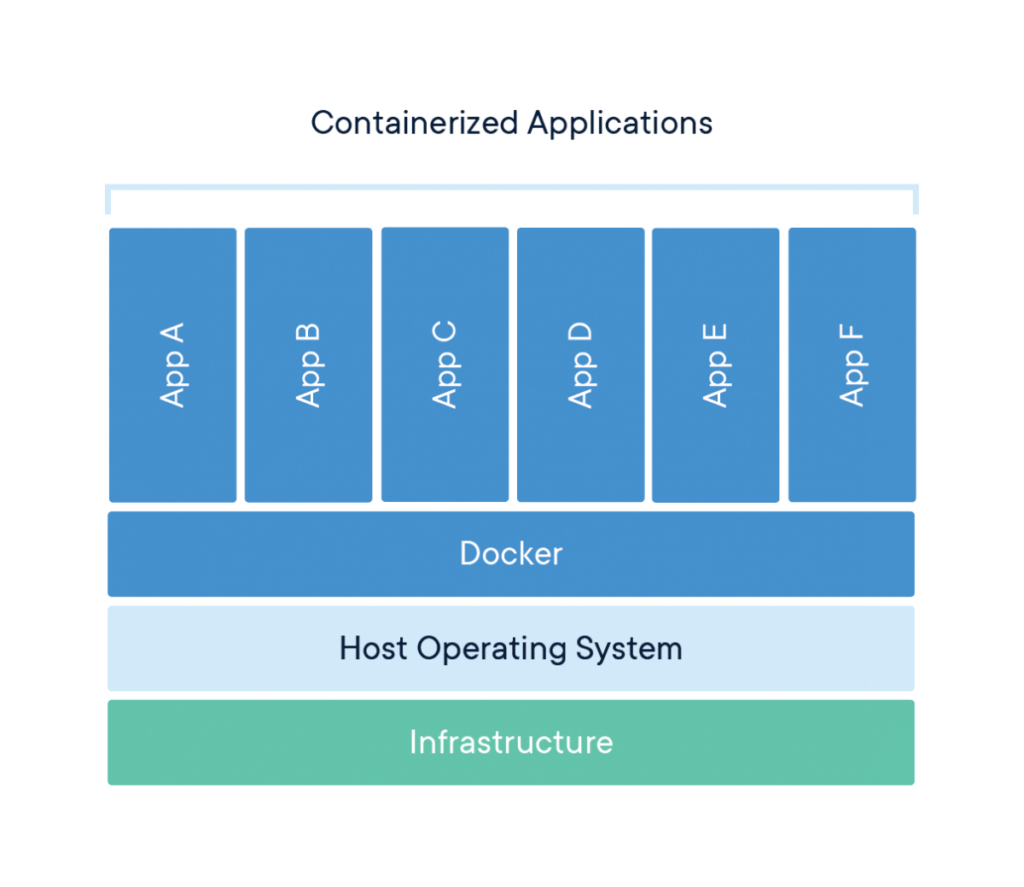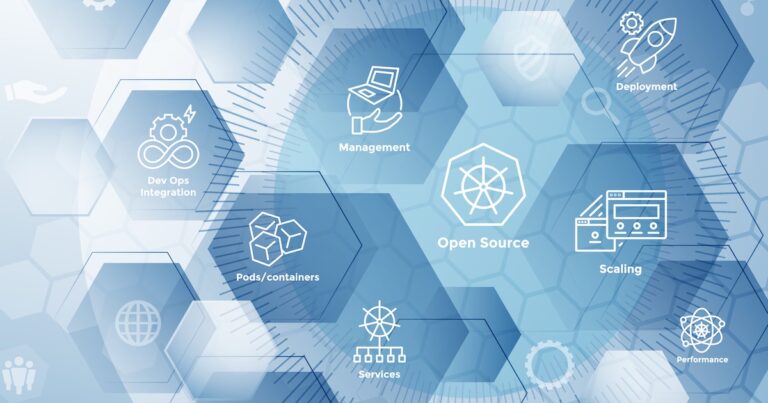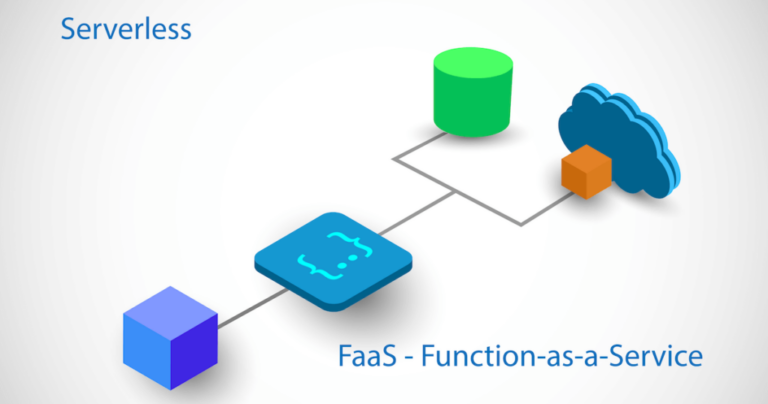Containerization has become a major feature of cloud-native applications. It provides agility and speeds up the deployment of an application or enhanced application code at the pace of requirement changes. Container or containerization is an innate evolution of virtualization. Virtualization, which has been crucial in distributing multiple operating systems on a single server, containerization is a much more granular and flexible solution.
In containerization, operating systems are broken down into chunks and are used more efficiently. Each container contains an application and packages it in a portable, software-defined environment. It helps overcome challenges that teams face with virtualization.
The market for application containerization, which helps enterprises modernize legacy applications and create new, scalable cloud-native applications, is both significant and accelerating. 451 Research says the application container market will grow to $3 billion by 2022. According to Gartner, “by 2022, more than 75% of global organizations will be running containerized applications in production.”
It is clear that the use of containerization is widespread across industries and is set for rapid acceleration. Many enterprises have already built cloud-native applications using containerization and many are in the process of disintegrating their existing monolith systems and solutions into containers to gain cloud-native advantages provided by containerization architecture.
But which benefits are the most valuable and significant?
Image source: Docker
Portability
One of the significant benefits of containerization is portability. Meaning, it allows developers to “write once, run anywhere” advantages. A container packages all dependencies, allowing developers to move their application anywhere without rebuilding it according to a new environment.
An abstraction achieved from containerization allows containers to work the same way regardless of where it is deployed. With containerization, developers can deploy the application wherever they require, i.e., cloud or bare metal as well.
Fault Isolation
Containerized applications are isolated and operated independently. Hence, when one container fails to perform, it does not affect other containers; thus, the operation continues without any sort of interruption. Moreover, teams working on the container can easily identify and correct any technical problem caused within the container without requiring downtime.
Efficiency
Containerization has emerged as an advanced solution to virtualization for developers. Containers help improve efficiency in two ways: it allows usage of all available resources and also minimizes overhead.
Containers enable a host to take advantage of virtually all available resources. Isolated containers are independent and can perform their operations without needing to interfere with other containers, enabling the single host to perform many functions altogether. Containers are not dependent on the underlying OS, hypervisors, and other bottlenecks that help significantly reduce overhead and minimize resource use.
Agility
Containerization helps streamline the DevOps workflow. Developers use containers to build the app rapidly and deploy it easily in any environment to solve several DevOps challenges. Containers are easy to build and run and, when required, could be shut down until it is needed again.
The process is called and widely popular as orchestration performed using an open-source tool known as Kubernetes. Kubernetes allows developers to rapidly respond to emerging problems without worrying about deployments.
Faster Delivery
How long does it take to upgrade from concept to implementation? In general, the larger an application, the longer it takes to implement any improvements. Containerization solves this problem by splitting up your application. You can break even the largest beast of an application into discrete parts using microservices.
Microservices isolate very large applications by splitting the application’s modules or services into containers. This splitting makes it much easier for developers to implement changes and implement new code. You can change individual areas of the application without affecting the whole.
Improved Security
The isolation offered by containerization also provides an additional layer of security. Since containers are isolated from each other, you can be sure that your applications are running in their own environment. This means that even if the security of one container is compromised, other containers on the same host remain secure.
In addition to being isolated from each other, containers are also isolated from the host operating system and can interact only minimally with computing resources. This all equates to an inherently more secure way of deploying updates or applications.
Faster App Startup
Containers are extremely lightweight in comparison to varied methods of virtualization like VMs. Being lightweight provides container-based apps with faster startup times. Since a container does not rely on a hypervisor or virtualized operating system to access computing resources, startup time is virtually highly instantaneous.
The only limiting factor is the application itself. With no substantial overhead to wait for, the only startup delay comes is from your code. Fast startup is a big reason for frequent updates and improvements.
Simplified Management
Kubernetes provides a variety of tools as part of the platform that simplifies container management, such as rollbacks and upgrades. It also handles the installation and provides self-healing features you can use to recover failed containers, terminate containers that fail health checks, and continuously monitor the health and status of your containers.
Kubernetes also automates resource management. You can allocate a set amount of CPU and RAM to each container to handle its tasks. Ultimately, managing containers with tools like Kubernetes is much easier than with traditional application management methods.
Flexibility
Containerization offers the versatility to operate code in a virtualized or bare-metal environment. Containerization can grow to meet whatever deployment demands may be. Should there be a sudden need to change your environment from metal to virtual or vice versa, your containerized applications are already ready to make the switch.
Containerized apps that use microservices become so flexible that you can host some elements on bare metal and deploy others in a virtual cloud environment.
Thinking with containers allows developers to recalculate their available resources. This may mean squeezing an extra drop of processing out of the machine at maximum capacity. Or it could mean that what previously seemed like a resource limitation was simply an opportunity to innovate.
Wrapping Up
Containerization has found several use cases across IT and software development. If applied properly, it helps increase the efficiency of DevOps by allowing developers to accelerate deployment, streamlining workflows, minimizing infrastructure conflicts and leverage several other benefits of containerization. Developers make better use of virtually all available resources without managing overhead to operate. With the help of Docker and Kubernetes, containerization offers real cloud-native advantages.




